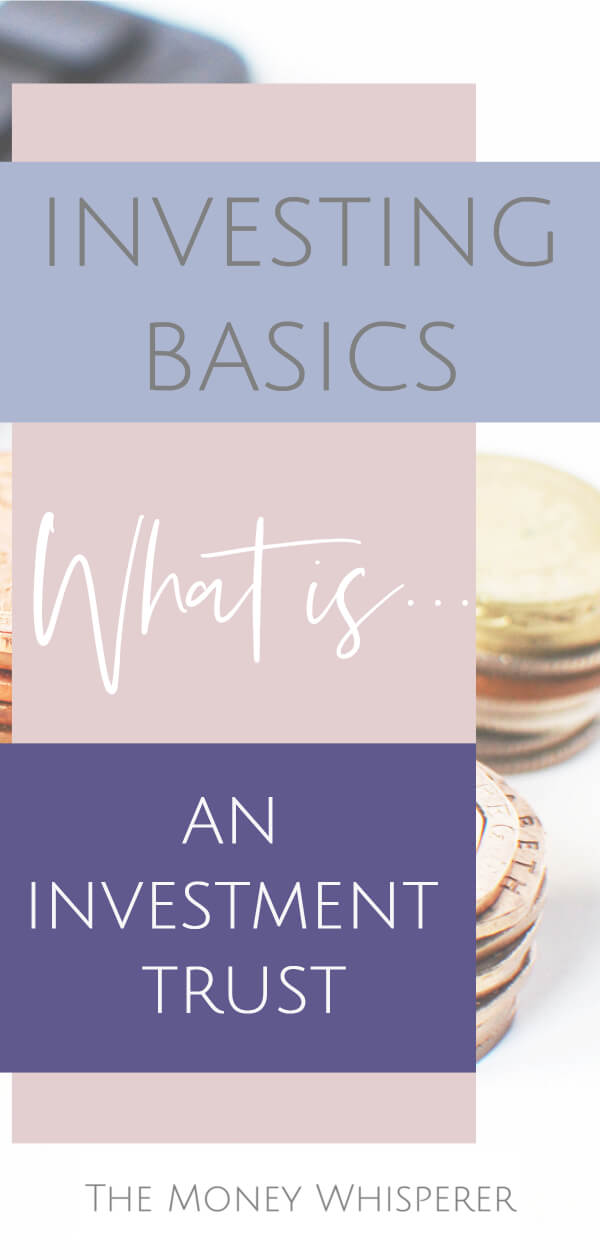This post may contain affiliate links which means that if you click through to a product or service and then buy it, I receive a small commission. There is no additional charge to you.
My aim has always been to include as little jargon as possible on The Money Whisperer. When I started the Investing Basics series, I wanted to discuss topics and explain concepts with as little use of technical language as possible. The reality is that the financial world is full of it. In this article, the experts at the Scottish Investment Trust explain ‘what is an investment trust’ and although there is technical language embedded in the subject area, they do a great job of explaining this jargon.
What’s an investment trust?
When it comes to investing, everyone has their own personal goals and aspirations. But a common thread that unites is the desire to provide for the future. Looking at equity investment – that’s, stocks and shares – many investors understand that equities can be an effective way to grow their money over time.
However, stock picking – the art of choosing individual companies to invest in – is a difficult business, requiring specialist knowledge.
That’s why investors often pay an investment manager to make these decisions on their behalf. If you want to become a better investor, be sure to check out Expert Investor.
The choice of investment manager depends on a number of factors, not least their expertise and credibility, but also the type of investment vehicle that they manage.
Here, we discuss the features of investment trusts.
Let’s start with the basics
An investment trust is a company quoted on a stock exchange, which invests its assets in the stocks and shares of other companies. By investing in the investment trust company, you gain exposure to its equity portfolio. Investment trusts have been around since 1868, and appeal to individual investors because they’re relatively accessible and cost-efficient.
Investment trusts are closed-ended
This means that the amount of money the trust can invest is not affected by redemptions in the way that open-ended funds can be. Why does that matter? Well, it gives investment trusts an advantage over open-ended funds.
In open-ended funds – a unit trust, for example – the size of the fund depends on the underlying demand for it. If more people want to invest, more ‘units’ in the fund are created. This is less of an issue when the fund is expanding, but when many investors choose to leave the trust at the same time, it can cause a headache for the fund manager and the investors who remain.
When this happens, the fund manager may be forced to sell investments to buy back units from the departing investors. And this could potentially have a negative impact on the performance, particularly if some of the underlying investments are illiquid.
A closed-ended fund is arguably a better structure for equity investing, as the manager is able to take a long-term investment approach.
Some other unique features explained
Shares of many investment trusts trade at a discount to the value of the trust’s underlying investments, known as the net asset value (NAV). If you invest in a trust trading at a discount of 15% to its NAV, you’re essentially paying £85 to buy £100 worth of underlying assets.
Investment trusts can borrow money, allowing them to buy more assets and enjoy the enhanced returns from them. Conversely, this would magnify losses in unfavourable market conditions. This is known as gearing.
The responsibility of overseeing the investment trust falls to the Board of Directors. As an investment trust is a company in its own right, it is subject to corporate law, and its Board ensures that decisions made are in the best interests of the company and its shareholders.
Looking for income?
Some investment trusts are appropriate for income seeking investors. An investment trust must distribute at least 85% of the dividend income it earns to its investors, and up to 15% of the trust’s income can be reserved to bolster future dividends. In this way, fund managers are able to plan ahead, so that a more stable stream of income can be provided to shareholders.
Many investment trusts have a policy of increasing dividends.
The Association of Investment Companies (AIC) tracks consistent dividend paying investment trusts, and maintains a list of ‘Dividend Heroes’ – investment trusts that have increased their dividend for 20 or more years in a row.
What should I be aware of?
As with all investments, it’s sensible to investigate the charges incurred with an investment trust. The Ongoing Charges Figure (OCF) represents the costs of running the company.
High OCFs could erode your returns over the long-term
It’s wise to also think about the best way to invest. You may want to use an online platform or a stockbroker, hold the shares in a dealing account, an ISA or a SIPP, or choose another way to invest. Whichever it is, various third party fees will apply, depending on the size of your holding and how frequently you deal.
Remember, if you want to know more about how an investment trust works, or if you’re worried it’s not right for you, you should always consult a professional adviser. Also, the value of shares and the income from them can go down as well as up as a result of market and currency fluctuations and investors may not get back the amount originally invested.
This article has been prepared by the team of The Scottish Investment Trust. Interested to learn more? Visit http://www.thescottish.co.uk/learning-hub – whether you are starting out on your investment journey, want to think a little more like a contrarian or are just looking for some inspiration – we hope there will be something there for you.
Watch below the first video in a series from The Scottish Investment Trust, ‘Money… what’s it all about?’
This is a paid collaboration.


